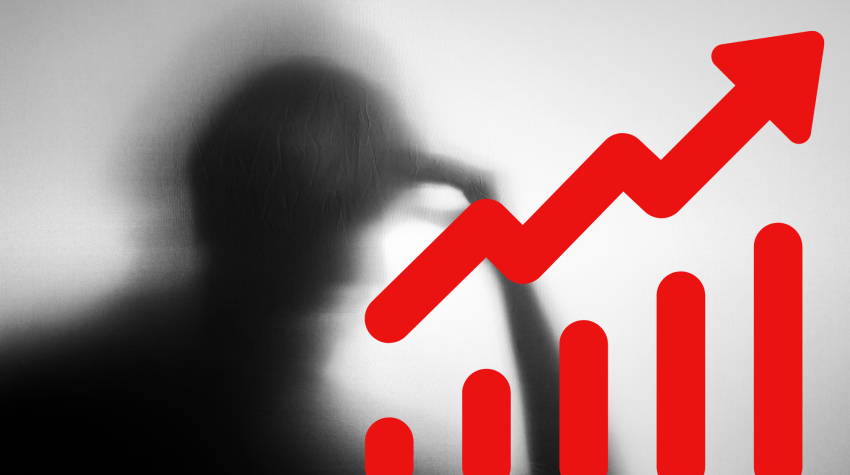
According to the Australian Bureau of Statistics nominal wages grew by 3.6% over the last year. Real wages fell because inflation was running 7%. But the capitalists want workers to take an even bigger hit and it is weaponising “productivity” to justify this.
Reserve Bank of Australia (RBA) governor Philip Lowe said on June 7 that wage growth should not exceed 2.5% a year unless it was matched by productivity increases.
The Australian Financial Review quoted a new ANZ Bank report that states productivity will need to increase “at a pace not seen in almost a decade for the current rates of wage growth to be sustainable”.
This comes from one of the big four banks, which have made record profits!
Workers are expected to bear the pain of sharply rising housing, and other living costs, supposedly to stop inflation which even the Organisation for Economic Co-operation and Development now admits have been mainly caused by corporate profiteering.
The RBA is prepared to force up unemployment through more interest rate rises to bludgeon workers into accepting a real wage cut.
RBA deputy governor Michelle Bullock told the Australian Industry Group on June 20 that unemployment would have to rise to help curb inflation.
The RBA and most capitalist economists believe that an unemployment rate of at least 4.5% is required to prevent inflation (it is now at 3.5%). If unemployment was to rise to that level, this would mean making another 150,000 people jobless, as The Guardian’s economics correspondent Peter Hannan reported.
Meanwhile, many ASX-listed company CEOs are awarding themselves pay rises averaging out at 15%.
At the other end of the income spectrum, remote First Nations communities, and other marginalised communities have only ever known poverty.
According to the Australian Council of Social Services, more than one in eight people and one in six children live below the poverty line.
The following groups faced the highest risk of poverty in 2019–20 and the situation has only deteriorated:
• People in households whose main income earner is of working age but they are unemployed (62%) or not in the labour force (47%);
• People in households receiving income support, including Newstart/JobSeeker (60%); Parenting Payment (72%); Youth Allowance (34%); Disability Support Pension (43%) or Carer Payment (39%);
• Tenants in public housing (52%) and private rental (20% and 50% for those aged 65 years and over);
• People in sole parent households (34%, and 39% among children in those households);
• Single people without children (25%, and 26% among those under 65 years); and
• People with disability and a “core activity restriction” (20%).
These are the people who will bear the brunt of calls on the government to “soften up” the labour market by increasing unemployment.
The RBA’s talk about the need to “increase productivity” also means less regulation and more “flexibility” for the bosses. It is designed to make workers work harder in more precarious and unsafe workplaces.